
Cultivating Efficiency: The Role of Bluetooth Beacons in Smart Agriculture
September 25, 2024
In the modern agricultural landscape, the integration of technology is not just a trend; it’s a necessity. As the global population continues to grow, the demand for food outpaces traditional farming methods. This is where the Internet of Things (IoT) steps in, with Bluetooth beacons playing a pivotal role in revolutionizing the way we approach agriculture. This article explores the application of Bluetooth beacons in smart agriculture, examining how these devices are transforming the field.
The Concept of Smart Agriculture
Smart agriculture, also known as precision farming, leverages IoT technology to optimize crop production, monitor environmental conditions, and manage resources efficiently. It involves the use of sensors, drones, and connected devices to collect and analyze data, enabling farmers to make informed decisions that drive productivity and sustainability.
Introducing Bluetooth Beacons
Bluetooth beacons are small, low-energy devices that broadcast signals to smartphones or other Bluetooth-enabled devices within range. In the context of smart agriculture, beacons can be deployed to transmit data about various farm conditions, such as soil moisture, temperature, and light exposure. They can also be used for asset tracking, such as monitoring the location of equipment or livestock.
Applications of Bluetooth Beacons in Agriculture
- Soil Monitoring: Beacons can be placed in the soil to collect data on moisture levels, pH, and nutrient content. This information can be used to optimize irrigation and fertilization, reducing waste and promoting healthy plant growth.
- Weather Stations: By integrating beacons with weather stations, farmers can receive real-time updates on temperature, humidity, and rainfall. This helps in planning planting, harvesting, and protecting crops from adverse weather conditions.
- Livestock Tracking: Attaching beacons to animals allows farmers to monitor their location, health, and movement patterns. This can help in managing grazing patterns, detecting health issues early, and improving overall animal welfare.
- Greenhouse Automation: In controlled environments like greenhouses, beacons can be used to monitor and control conditions such as temperature, humidity, and light exposure, creating an optimal environment for crop growth.
- Asset Management: Beacons can be used to track the location of farming equipment, reducing downtime and improving the efficiency of operations.
The Advantages of Using Bluetooth Beacons
- Real-Time Data: Beacons provide real-time data, allowing farmers to respond quickly to changes in conditions.
- Cost-Effective: The low cost of beacons makes them an accessible technology for a wide range of farming operations.
- Energy-Efficient: Bluetooth Low Energy (BLE) technology ensures that beacons have a long battery life, reducing maintenance requirements.
- Scalability: The system can be easily scaled to accommodate a growing number of devices as the farm expands.
Challenges and Considerations
Despite their benefits, there are challenges to implementing Bluetooth beacons in agriculture:
- Signal Range: The limited range of beacons may require a dense deployment to cover large areas.
- Integration: Integrating beacon data with existing farm management systems can be complex and may require specialized software.
- Security: As with any IoT device, there are concerns about data security and privacy.
The Future of Bluetooth Beacons in Agriculture
As technology continues to advance, the capabilities of Bluetooth beacons are expected to expand. We can anticipate improvements in data analytics, the integration of artificial intelligence, and the development of more advanced sensors. The future of agriculture is poised to become even more connected, with Bluetooth beacons playing a central role in this smart evolution.
Conclusion
Bluetooth beacons are more than just a technological advancement; they are a key component in the future of sustainable and efficient agriculture. By providing real-time data and insights, these devices empower farmers to make informed decisions that can transform their operations. As the world looks for ways to feed a growing population while preserving resources, the role of Bluetooth beacons in smart agriculture is a beacon of hope for a more productive and sustainable future.
Leave a Reply
Related Products
You Might Like Also

The story of BLE beacons begins with the introduction of BLE technology, which offered a new paradigm of wireless communication characterized by low power consumption and high efficiency. BLE beacons, initially developed as a part of Apple’s iBeacon in 2013, were designed to leverage the BLE protocol to broadcast signals to nearby devices, paving t Read More
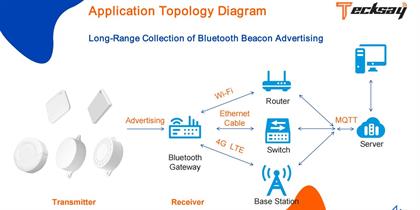
In the intricate world of wireless communication, Bluetooth Low Energy beacons (BLE Beacons) play a pivotal role, particularly when it comes to connecting with gateways. These small yet powerful devices use the BLE protocol to transmit data, which can then be received and processed by a BLE gateway. The interaction between BLE beacons and gateways Read More
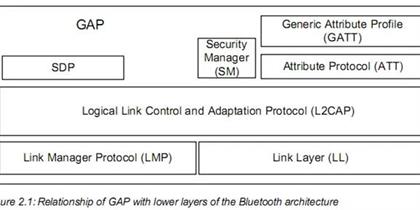
In the realm of Bluetooth Low Energy (BLE) technology, the link layer stands as the silent sentinel, weaving the fabric of connectivity between devices. It is the unsung hero, operating behind the scenes to ensure seamless and efficient data exchange. This article delves into the intricacies of the BLE link layer, exploring its role, functionalitie Read More
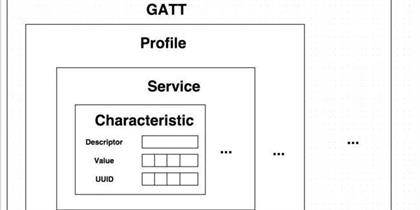
BLE Characteristics are the fundamental building blocks of GATT, representing the smallest unit of data that can be accessed, read, or written. They are the conduits through which devices exchange information, and their versatility is key to the dynamic nature of BLE technology. Read More
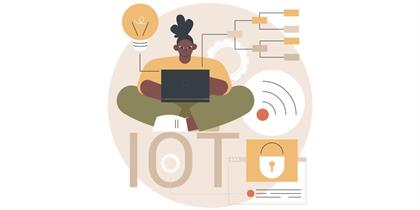
In the intricate world of Bluetooth Low Energy (BLE) communications, the Generic Attribute Profile (GATT) plays a pivotal role in defining the structure and methods for data exchange. Central to this are the processes of Notifications and Indications, which are the primary means by which GATT servers update clients about changes in attribute values Read More
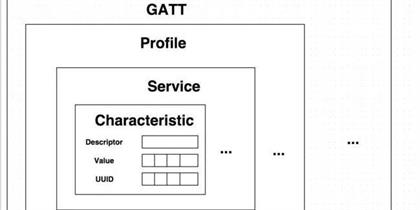
Central to BLE’s functionality is the BLE Generic Attribute Profile (BLE GATT), which serves as the protocol’s backbone, enabling efficient and structured data communication between devices. This article aims to provide an in-depth exploration of GATT, its components, and its role in BLE technology. Read More











